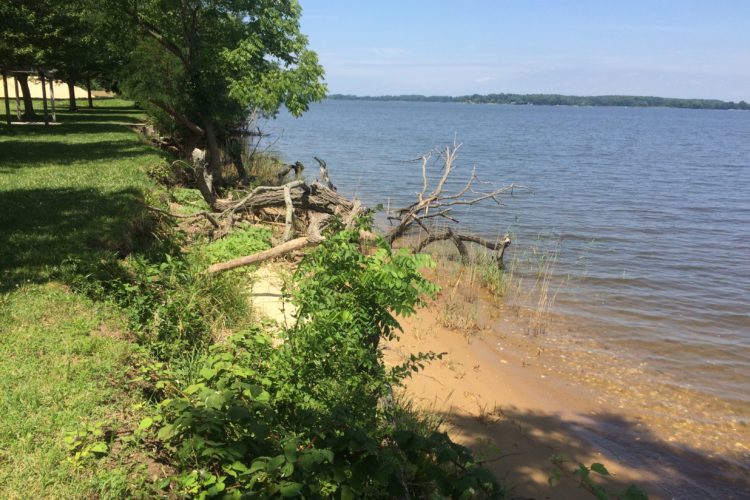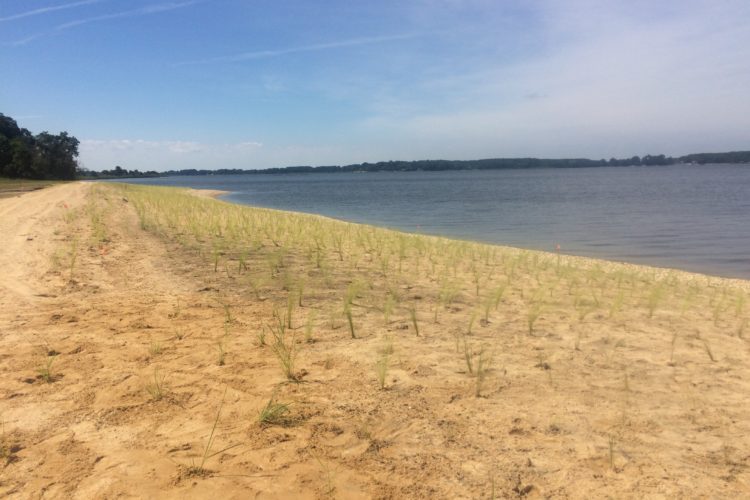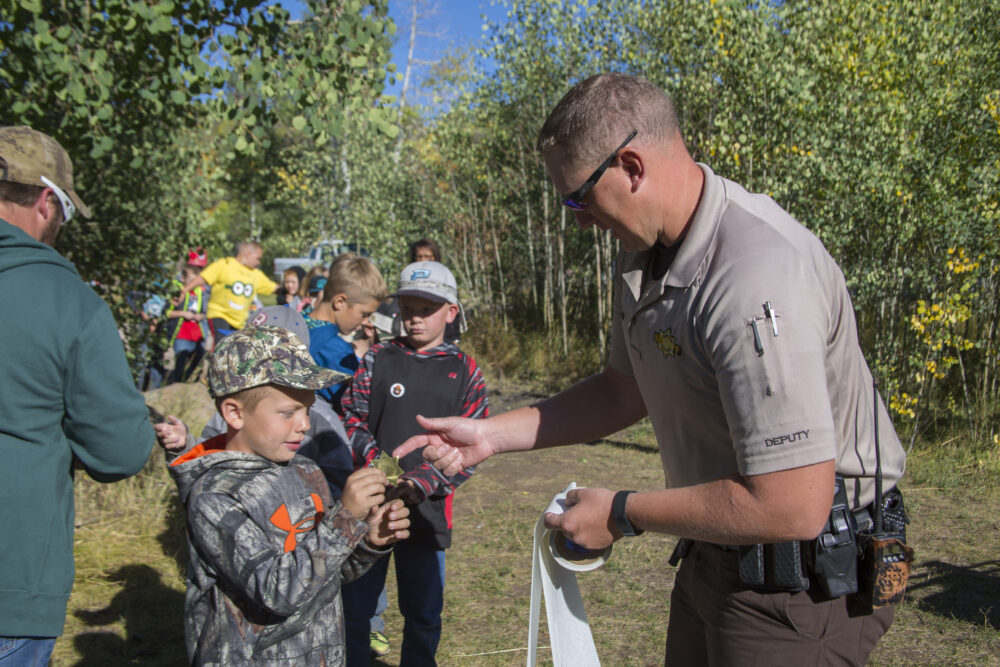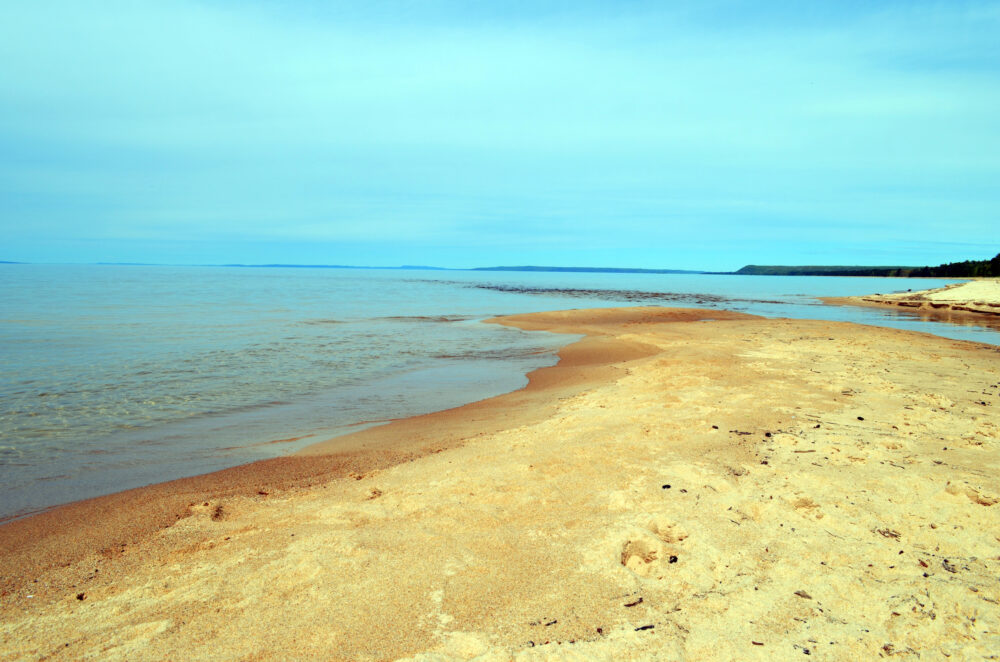We have much more to do and your continued support is needed now more than ever.
The Shores are Alive!
A collaboration between the National Wildlife Federation, Maryland Department of Natural Resources and Queen Anne’s County, the project is one of the first in the country to incorporate sea level rise projections into its design from the outset. The design uses the “shingle beach” approach to living shorelines, consisting of pebbles or small-to-medium-sized cobbles, rather than the typical fine sand.
The living shoreline stabilizes the public beach by reducing erosion and increasing marsh grass habitat for wildlife in the near term, as well as providing a natural barrier to projected sea level rise associated with climate change. As sea levels rise and wave action increases, the cobblestone, dunes and marsh grass that make up the shoreline gradually migrate upland and inland, rather than being overcome or destroyed.

While visitors to the county park are now struck by the expansive views onto the Chester River, it’s actually the sand and stone under their feet that makes Conquest Beach one of the most exciting shorelines in the state. This site will serve as a living laboratory for studying how the climate-smart elements of this shoreline adapt over time. We will continue learning lessons from this shoreline well into the future.
Already it has demonstrated success in other areas, including the fact that climate-smart conservation can be better for your wallet. When all was said and done, the total cost for this wildlife-friendly and climate-smart design was less than a quarter of the breakwater design originally proposed for this site, and 20% less than the second-most affordable design.

Not only is this project a tangible example of the National Wildlife Federation’s climate-smart conservation put into action, it’s another feather in the cap for rural Queen Anne’s County, which has become a national hotspot for living shoreline innovation. With two other shorelines that proactively include climate resiliency into the design, this small county is leading the way in promoting resilient and natural shorelines.
We wanted to especially thank the Wildlife Conservation Society, whose generous support made this project possible. The National Wildlife Federation is proud to help demonstrate how climate adaptation can be integrated into conservation actions to serve as a model for the future.
Help NowHelp NWF continue climate-smart conservation projects




















